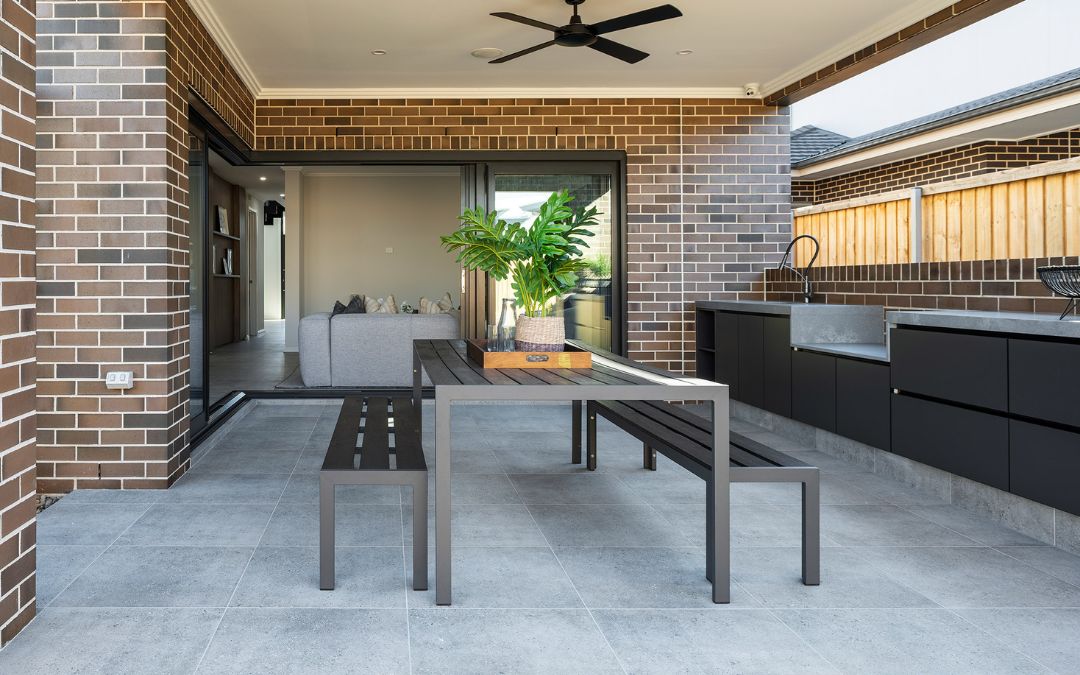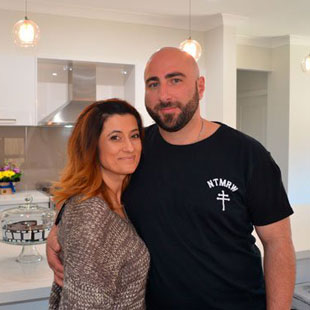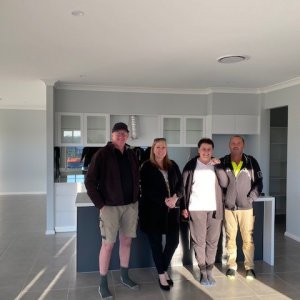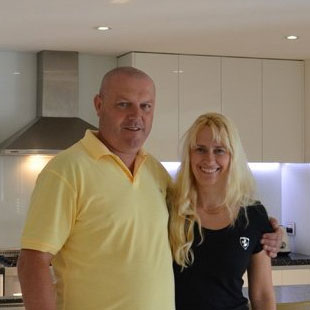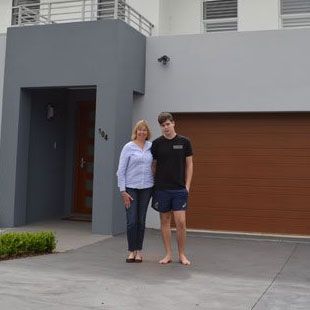Flooring is more than just the surface beneath your feet. The right flooring can set the mood, boost comfort, and define the style of your entire home. A well-chosen floor weaves together all the elements of your interior, from cabinetry and colour palettes to soft furnishings and sunlight.
At Kurmond Homes, the team knows that selecting the perfect flooring is one of the most meaningful decisions in the building journey. With so many stunning materials and modern finishes, this guide will help demonstrate the options and set you on the path to a welcoming, functional, and beautiful new home.
How to Choose the Right Flooring
When you’re planning a new build, the ideal floors balance beauty and everyday practicality. Here are a few things to remember as you narrow down your choices.
Style and Appearance
Your floors set the tone for each room. Timber floors add timeless warmth, while tiles give a sleek contemporary vibe. Consider picking colours and finishes that tie your style together and encourage a seamless flow between living spaces.
Lifestyle & Usage
Think about how each area will be used day to day. Busy spots like entryways and family rooms deserve resilient choices like tile or laminate, while calm zones such as bedrooms are perfectly suited to cosy carpet. If you’ve pets or little ones racing around, look for surfaces that stand up to wear and can be cleaned in a flash.
Durability and Care
If easy upkeep is a priority, look at fuss-free options like engineered timber, which both handle spills and scratches with little effort. Areas prone to traffic, such as kitchens or hallways, benefit from hard-wearing materials. While some surfaces like laminate offer a fresh look without demanding lots of attention.
Comfort and Feel
How your flooring feels underfoot matters, especially through the colder months. Plush carpets keep things warm and soft, while timber gently cuts down on noise. Choose what fits your need for comfort while keeping practicality in mind.
Climate & Environment
The Australian climate has a big say in what works best. In warmer zones, tiles help keep your home cool, while carpet and timber offer a cosier touch in chillier spots. For the eco-conscious, bamboo and recycled timber make top choices that support a greener future.
Budget Planning
Flooring choices run the gamut from affordable laminates and premium natural stone or hardwoods. If you’re working within a budget, seek out options that mimic high-end finishes without the hefty price tag. Remember to factor in installation and ongoing care costs too.
Room-Specific Flooring
Wet zones like the bathroom or laundry call for water-resistant picks such as tile. Living areas see more flexibility, with timber, carpet, or laminate all fitting the bill, just match each room with flooring suited to its purpose and foot traffic.
5 Popular Flooring Types for New Homes
Let’s explore some of Australia’s favourite options for fresh builds, each offering its own unique set of advantages.
Laminate Flooring
Laminate is a handy choice for busy households, giving the look of timber at a lower cost. Tough against scratches and simple to clean, laminate comes in a mix of colours and patterns so it’s easy to match any decor. Some newer products are water-resistant, making laminate a practical pick for open-plan living.
Pros of Laminate Flooring |
Cons of Laminate Flooring |
|
|
Tile Flooring
Tiles are a go-to for kitchens, bathrooms, and alfresco areas due to their strength and ability to handle moisture. There’s no shortage of choices either, ceramic, porcelain, or stone tiles suit just about any design. Tiles don’t trap allergens and are a breeze to maintain, making them ideal for allergy-friendly homes.
Pros of Tile Flooring |
Cons of Tile Flooring |
|
|
Carpet Flooring
Nothing beats carpet for comfort underfoot in bedrooms and living areas. It brings a cosy warmth, absorbs noise, and offers plenty of colours and textures to suit any style. The carpet is slip-resistant and provides a gentle surface, especially good for young kids or older residents.
Pros of Carpet Flooring |
Cons of Carpet Flooring |
|
|
Timber Flooring
Timber flooring is all about natural charm and lasting value. It’s easy to care for and builds character over time. Sanding and refinishing can restore its look, and the timber’s allergy-friendly surface doesn’t harbour dust. With a range of stains and finishes, timber can be tailored for modern or classic builds alike.
Pros of Timber Flooring |
Cons of Timber Flooring |
|
|
Bamboo Flooring
If sustainability matters, bamboo flooring is a brilliant alternative to hardwood. It’s robust, modern, and offers a distinct natural look. Plus, bamboo is usually easier on the wallet and better for humid climates than some traditional woods.
Pros of Bamboo Flooring |
Cons of Bamboo Flooring |
|
|
Bring Your Dream Home to Life with Kurmond
At Kurmond Homes, selecting flooring is just one part of a bigger, seamless design experience. Through our Kurmond Colour Studio, you’ll explore a curated range of flooring styles, colours, and finishes alongside other key selections for your new home.
We also work with a network of trusted partner suppliers, ensuring your exterior and interior choices come together beautifully.
Visit our display homes or book a session at the Kurmond Colour Studio to see how the right flooring can elevate your interiors and make your new home feel truly yours.

